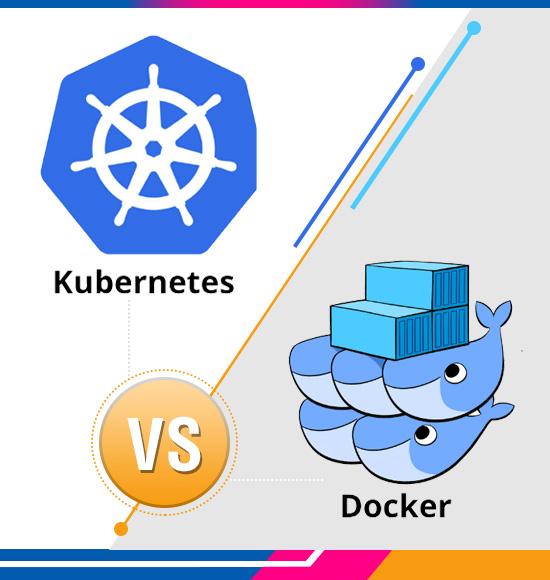Key Differences Between Spring Boot and Spring Framework
This article will talk about the vital concepts that every Java developer should know. In the subsequent sections, the answers to questions like – What is Spring Framework, what is Spring Boot, and Differences between Framework and Spring Boot java will be answered. By the end of this article, readers will be able to have a better understanding of the above-mentioned topics and answer their most frequently asked questions.
What is Spring Framework?
Spring Framework is a widely utilized Java framework for building applications. By leveraging the benefits associated with Spring Framework, developers can develop stand-alone applications, web applications, distributed applications, and much more. This framework strives to simply Java Enterprise Edition development, further enabling developers to be more productive. In other words, Spring Framework offers several features to the developers so that they can complete more work in less time.
The primary feature of the Spring Framework is dependency injection. Dependency injection is nothing but the process of injecting dependent objects into target objects. For instance, if the controller class wants to talk to the service class method, the service class object will be injected into the controller class. Instead of the programmer injecting dependent objects into the target object, Spring Framework will operate for us. This is one of the vital features of Spring Framework.
What is Spring Boot?
I would be incorrect if I say Spring Boot is a separate framework because java spring Boot is an enhancement of the existing Spring framework. In other words, Spring Boot is another approach to developing Java-based applications with minimal configurations. Inside this approach, developers can develop the same type of applications they could with the Spring framework, however, with a distinct and unique approach. As in the Spring framework, the programmer had to take care of a lot of configurations. Whereas, in Spring Boot these configurations are reduced.
It is mainly used to develop Rest APIs. The primary feature of auto-configuration. It automatically configures the classes based on the requirement. Java Spring also offers embedded servers such as Jetty and Tomcat, further encouraging serverless development.
Now, it must be clear that web applications can be developed utilizing both Framework and Spring Boot. In the following section, let us know what are the main differences between the two.
Differences between Spring Framework and Spring Boot
Use cases
Spring Framework is an open-source lightweight framework that is widely used to develop business applications. Whereas, Spring Boot is an extension of the framework and is widely used for developing Rest APIs. Applications made in the Spring framework are loosely coupled. Spring Boot on the other hand creates stand-alone applications.
HTTP Basic Authentication
In the case of Spring Framework, the standard spring-security framework and spring-security-configuration dependencies are required to enable the default HTTP Basic authentication in an application. The next step involves enabling the @EnableWebSecurity annotation by adding a class that has the WebSecurityConfigurerAdapter. To enable security, one must use in-memory authentication.
Just like the Spring framework, these dependencies must be included even in the case of Spring Boot. However, this can be done by defining only starter security dependency which will automatically take care of the rest.
Number of Dependencies
Spring Framework requires a specified number of dependencies while creating web apps. However, Boot Spring Java can hit the ground running with just one dependency. There are several more dependencies that are required during build time that is added to the final archive by default. During the testing process, Spring Framework adds dependencies like- Mockito, Spring Test, Hamcrest, and JUnit.
Spring Java has several starter projects that are dedicated to various modules. It is fully equipped with the necessary libraries which are needed by each module. Hence, unlike the framework, Spring Boot needs only one starter dependency in testing libraries.
Spring Boot Configurations
While working with the Spring framework, it is imperative to use the file web.xml or the Initializer class to define the dispatcher servlet and some other vital configurations. Spring framework also requires that the annotation of EnableWebMvc be made accessible to the configuration class.
However, in the case of Spring Boot, the code in its entirety can be replaced by a few properties after adding the web starter. The required configuration is automatically added when the Boot web starter is included. This process is known as auto-configuration.
In other words, Spring Boot takes an opinionated view of the dependencies, configurations, and beans involved. It also adds properties to enable all of these automatically.
However, if you want that Spring Boot not interfere, you can override it and go ahead with the custom configurations.
Conclusion
Java Spring contains all the features of the conventional Spring framework and yet makes developing applications much easier. One can get an application running in much less time as compared to the Spring framework since all the properties of Java Spring Boot are auto-configured.
If you are interested in obtaining the services of Spring framework as well as Java Spring, you can check out our website for more details. We at Copperchips have been in the IT industry for quite a while now. Our exemplary service offerings and distinct skill set place us leaps ahead of the competition and further make us the best choice for development services.




